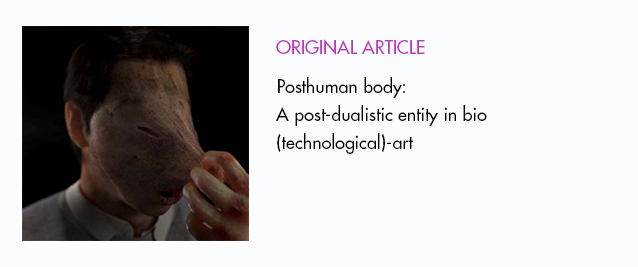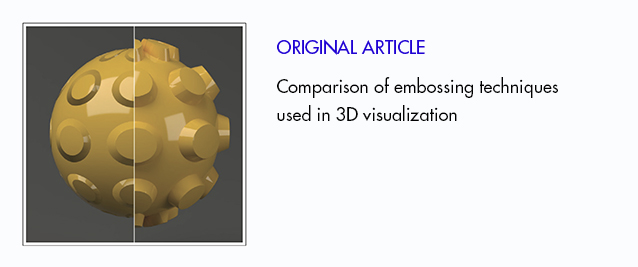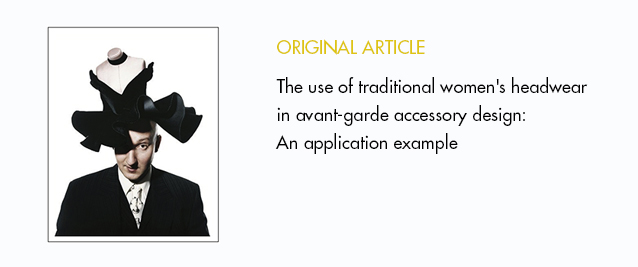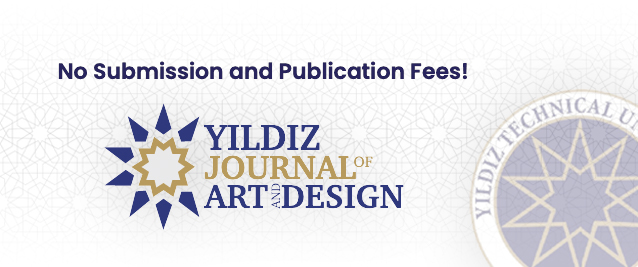Abstract
This work thoroughly examines how the concepts of art direction and curation have evolved and developed over time, their connection to subdisciplines, and the different concepts among modern art direction, which have set it apart from a more traditional way. It investigates the meaning of "direction" in art direction, the role of the curator in art direction, its classification, the mechanism, the purposes and the faults of the institutions in the culture industry, and how they are dealt with. Moreover, it highlights the importance of the audience in art direction and curation, the evaluation of the tools of "fame" and "privilege" by the artist and the curator, the intricate balance between the marketing of the art and the values of the artist and the curator and the significance of the curator's way of displaying and exhibiting in correlation with the art. Although the purpose of the curator and the art director has been long defined as being a "bridgeway" between the viewer and the artist, it is much more than a connecting tool in today's world. Curating and art direction became much more arduous disciplines with requirements of experience, when art's push power was finally recognized in the culture industry. Nonetheless, this research only examines these concepts of art direction in the borders of direction, culture, the public image of the artist, marketing and exhibiting. It has been noticed that art and marketing are intertwined concepts, even though most find it "ethically" incorrect to mention the two together. The result of this work concludes to portray that the value of an exhibition is defined by the curator's dynamic with the exhibition, the public, culture, the balance between artist's values and how they are depicted through the exhibition and creating a difference in exhibiting by composing a conceptual atmosphere.
Bu çalışmada zaman içinde sanat yönetimi ve küratörlük kavramlarının değişen ve genişleyen rolleri, alt disiplinlerle olan bağlantısı ve geleneksel sanat yönetiminden farklı olarak modern sanat yönetimi içindeki konseptleri incelenmiştir. Sanat yönetiminin asıl işi olan yönetmek kavramının sanat içinde farklı bağlamlarda ele alınması gerekliliği, küratörün sanat yönetimindeki rolü, kendi içinde sınıflandırılması, kültür endüstrisi içinde ele alınan sanat kurumlarının işleyişi, amaçları ve eleştirel yanları, bunlarla nasıl başa çıktıkları irdelenmiştir. Bunun yanında izleyicinin sanat yönetimi ve küratör için önemi, araç olarak ün ve imtiyaz kavramlarının sanatçı ve küratör açısından değerlendirilmesi, sanat piyasası ve pazarlama konularının sanatçı ve küratör bağlamında denge oluşturmanın gerekliliği, birbirini hangi noktalarda beslediği ve reddettiği, küratörün sergileme ve sunum modellerinde nasıl bir yaklaşım sergilemesi gerektiği konuları alt başlıklar halinde ele alınmıştır. Sanat yönetimi ve küratörlük temel anlamda sanatçı ve izleyici arasındaki arabulucu olarak tanımlansa da modern dönemde artık bunun çok daha fazlasıdır. Sanatın özellikle kültür endüstrisi içindeki itici gücü keşfedildikten sonra sanat yönetimi ve küratör kavramları boyut değiştirmiş, çok daha uzmanlık ve tecrübe gerektiren bir disiplin haline gelmiştir. Ancak bu araştırma daha çok yönetim, kültür, sanatçının imajı, pazarlama ve sergileme olarak sanat yönetiminde ön plana çıkan konularla sınırlandırılmıştır. Sanat ve pazarlamanın bir arada kullanılmasının çelişkili görünmesine rağmen iç içe kavramlar olduğu görülmüştür. Bu çalışmada küratörün bir sergiyi ele alırken ortaya koyduğu dinamiği, toplum, kültür, sanatçı ve politikası bağlamında hassas bir dengede durmasının ne kadar önemli olduğu, sergilemede kavram ve tekniğe göre farklı bir atmosfer yaratmanın serginin kalitesini belirlediği sonucuna varılmıştır.

















